All Posts
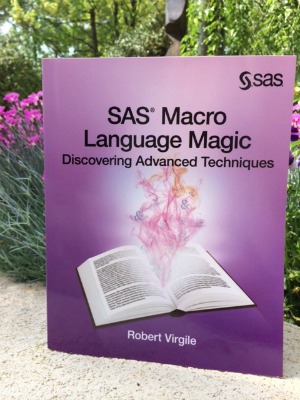
This week's SAS tip is from Robert Virgile and his illuminating new book SAS Macro Language Magic: Discovering Advanced Techniques. Robert has 30 years of experience developing and teaching SAS classes. And his new book is filled with powerful programming techniques. If you like this week's free excerpt, you can read
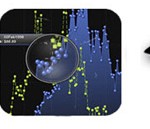
So und nichts anders: Datenanalyse zur Vorbereitung der Entscheidungsfindung ist ein Spezialistenthema. Das muss ausschließlich den Profis überlassen werden. Daten in den Händen unbedarfter Fachanwender – vielleicht noch ohne IT- und Statistikwissen – sind gefährlich. Wenn Sie auch dieser Meinung sind, dann lesen Sie bitte nicht weiter!

As we saw last time with Steve Morlidge's analysis of the M3 data, forecasts produced by experts under controlled conditions with no difficult-to-forecast series still failed to beat a naive forecast 30% of the time. So how bad could it be for real-life practitioners forecasting real-life industrial data? In two words:

Over the past few months, many US states and districts have received data about student growth and teacher effectiveness. Some educators experience the excitement of outstanding scores and, most importantly, the success of their students’ growth. Some quietly plug along, satisfied to be meeting growth targets and deciding if it isn’t broken,

In our hyper-connected world, information technology plays a key role in nearly every field and industry. Higher education is no exception, and that’s where EDUCAUSE comes in. This non-profit association works to advance higher education through the use of information technology. One of the primary ways EDUCAUSE achieves its goal

Super foods have been all the rage for the past few years. We’ve all heard about certain super foods that are darlings in the media like kale, blueberries, acai berries and salmon to name a few. What about other super foods that maybe aren’t so sexy like sardines, organ meats,

The Spring 2014 issue of Foresight includes Steve Morlidge's latest article on the topic of forecastability and forecasting performance. He reports on sample data obtained from eight business operating in consumer (B2C) and industrial (B2B) markets. Before we look at these new results, let's review his previous arguments: 1. All
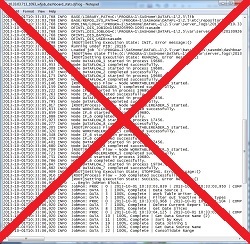
Solving the mystery of Malaysia Airlines Flight 370 hinges on the finding the plane's black boxes, or flight data and cockpit voice recorder. An airplane’s black box is something we hope never has to be used, but when there’s a problem, we sure are glad that it’s there. The black
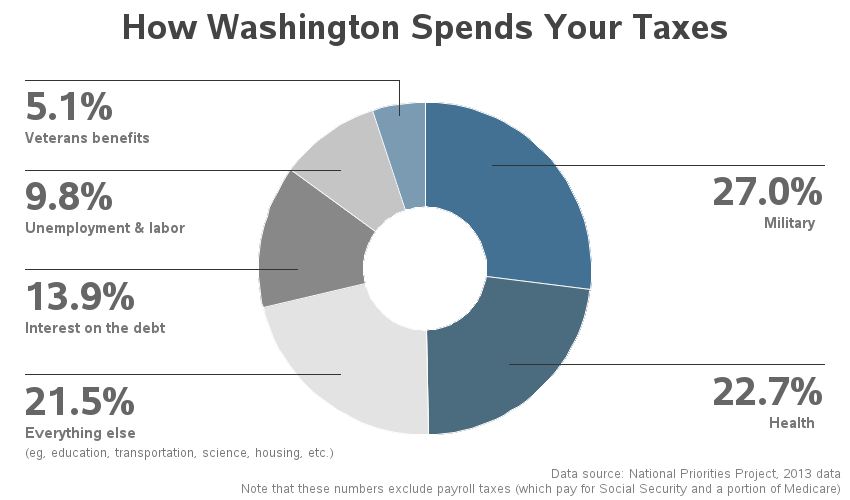
As I was doing my taxes, I wondered where the government is spending my tax dollars. And being a SAS user, I decided to find out using a graph ... I did a few Google searches on "tax graphs" and found one on the CNN web site that I liked - it

The call for papers is open for all 2014 US regional users conferences. A few deadlines are just around the corner, and you won’t want to miss them! WUSS 2014 – May 5 SESUG 2014 — May 19 MWSUG 2014 — June 13 SCSUG 2014 — June 30 Spring is a difficult time

I’ve been to a fair number of SAS User Group International (SUGI) and SAS Global Forum conferences over the years, but I don’t think I’ve been to one as productive, well-organized and fun as this year’s conference in Washington DC. Part of what made the conference very relevant for many
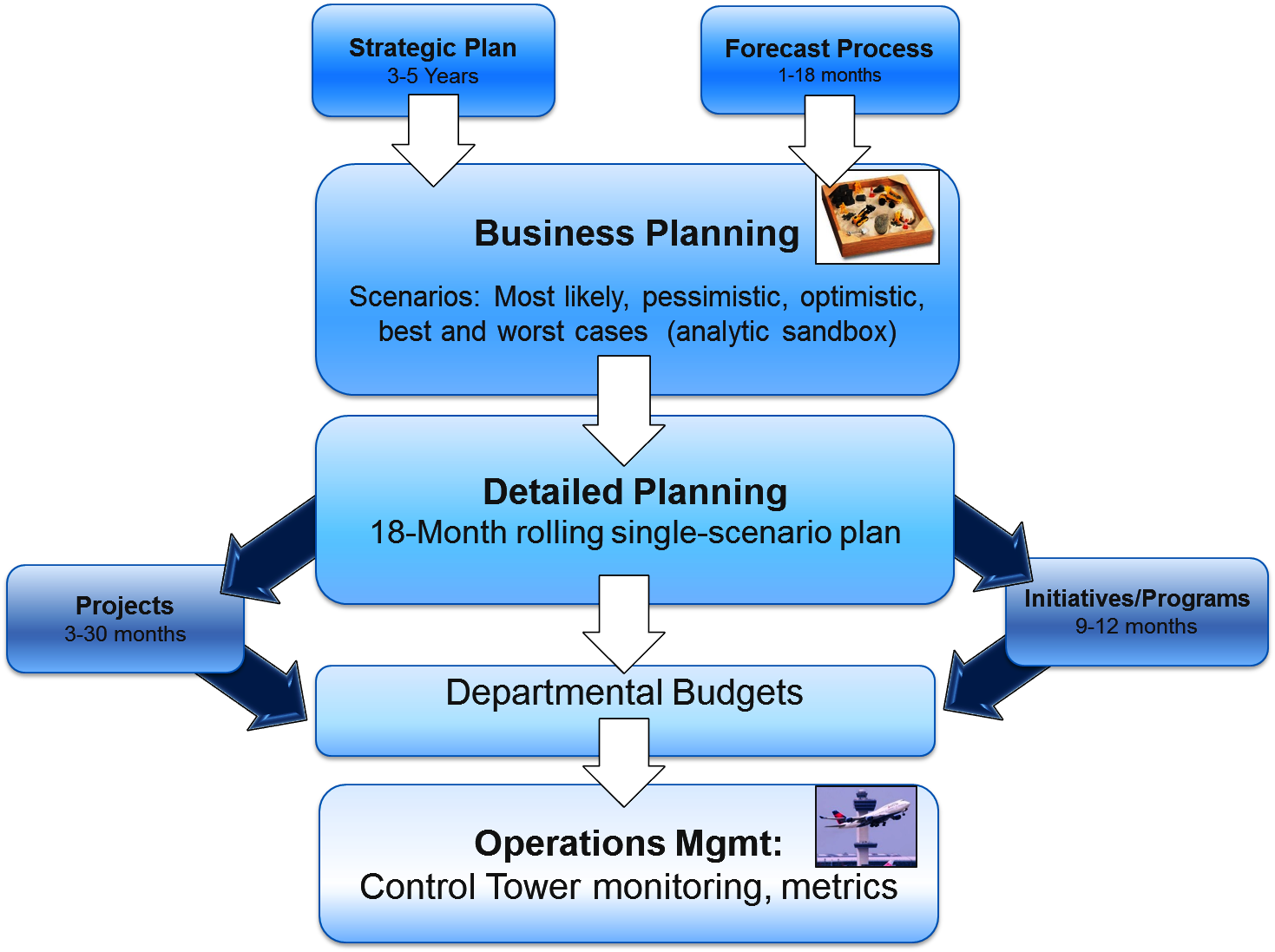
Analytics gives us not just the ability but the imperative to separate our planning activities into two distinct segments – detailed planning that leads to budgets in support of execution, and high-level, analytic-enabled business/scenario planning. My critique of Control Towers in this blog last time led me not only to

Many factors have to work together for organizations to compete on big data analytics. First, you need the right technology. Second, you need to look at the skill set that is required to use the technology and the culture changes that are often needed. So how do you bring it
Curious about our bestselling books at SAS Global Forum? Well here they are on one glorious list. New books, books written by presenting authors, and SAS Certification Prep Guides topped the list this year. If you missed attending SAS Global Forum (or visiting our super busy onsite store in the demo
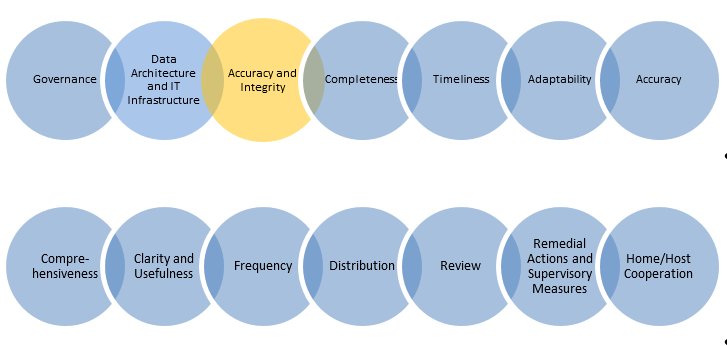
Principle 3: Accuracy and Integrity – A bank should be able to generate accurate and reliable risk data to meet normal and stress/crisis reporting accuracy requirements. Data should be aggregated on a largely automated basis so as to minimize the probability of errors. It seems logical that banks would want












